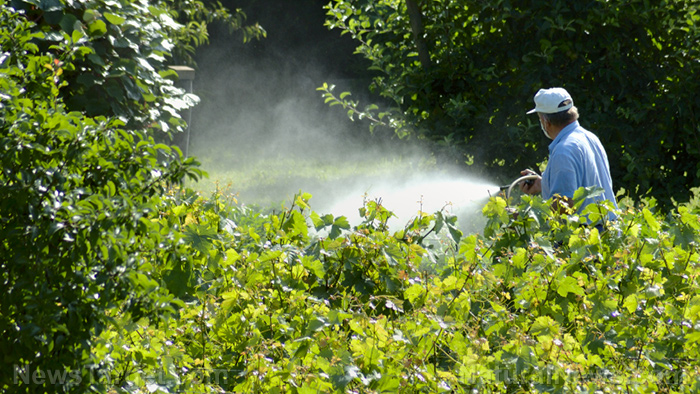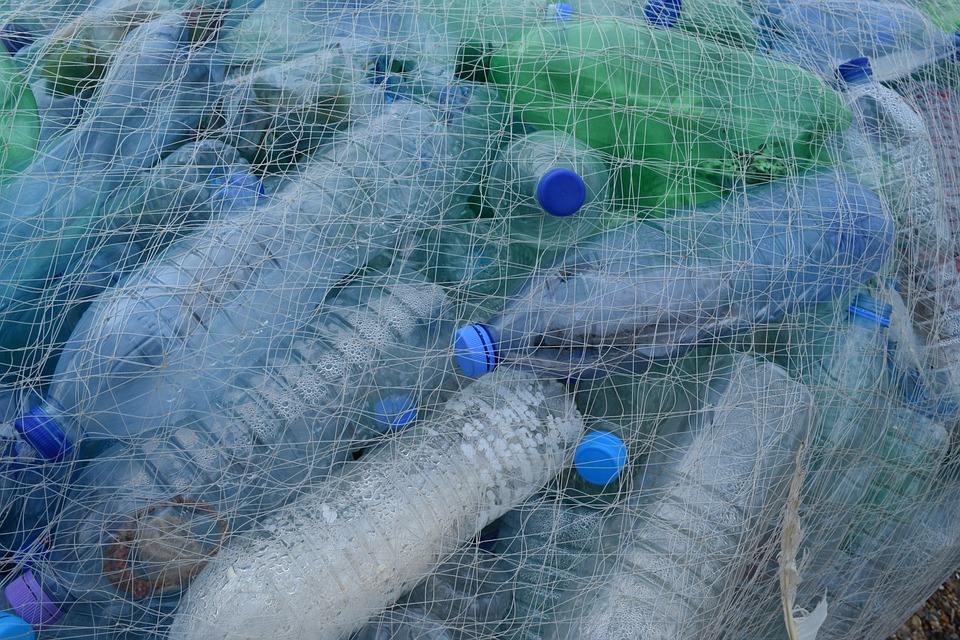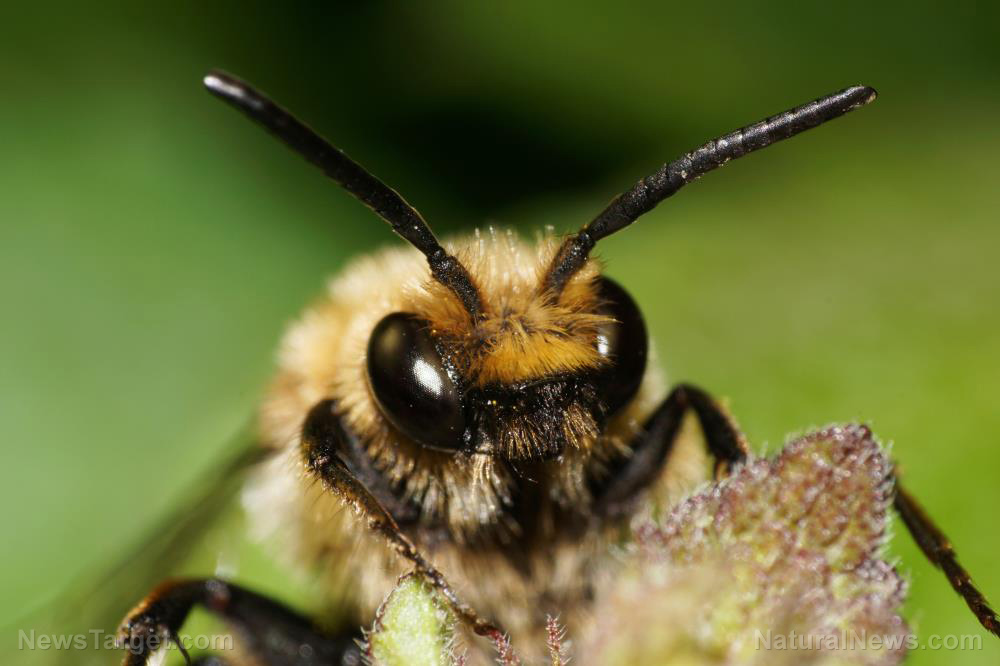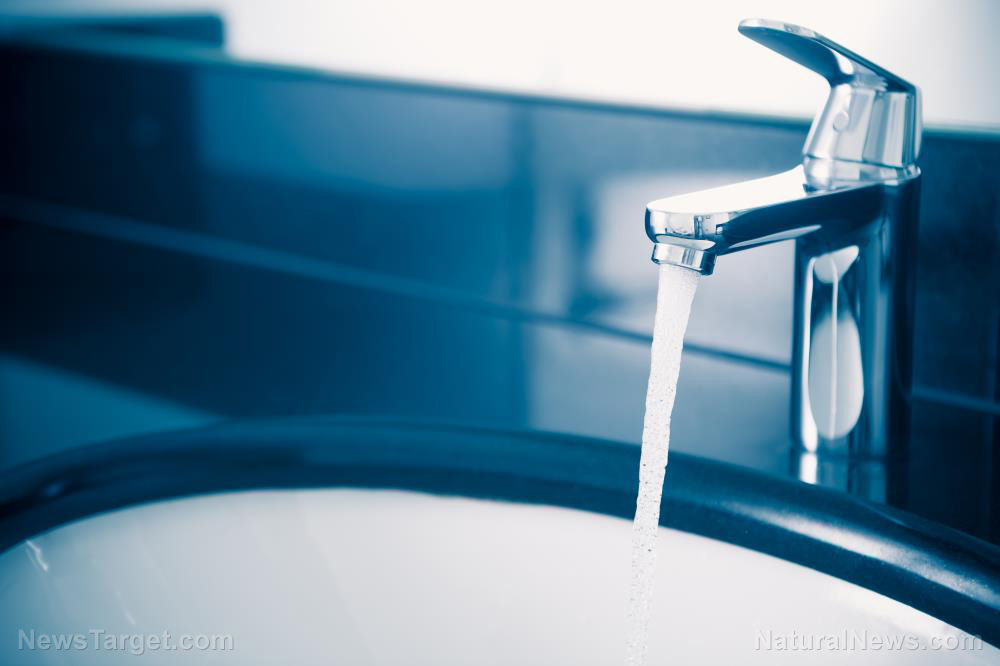NASA to co-develop satellites that can identify air pollution sources
04/21/2021 / By Virgilio Marin
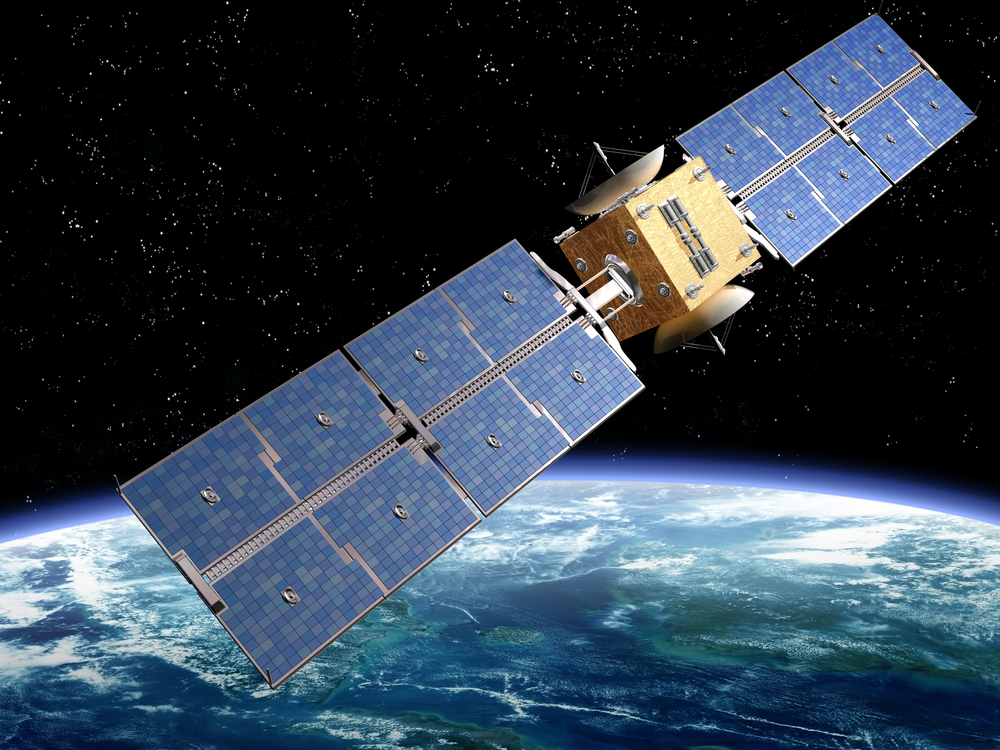
The National Aeronautics and Space Administration (NASA) joined a project that would develop special satellites that could identify air pollution “super emitters.” NASA said in a statement on April 15 that its Jet Propulsion Laboratory (JPL) in California would be providing an instrument that would be built into the satellites.
Carbon Mapper, the nonprofit leading the project, aims to use the satellites to provide a more targeted approach to reducing greenhouse gas emissions.
“What we’ve learned is that decision support systems that focus just at the level of nation states, or countries, are necessary but not sufficient,” Riley Duren, CEO of Carbon Mapper and a University of Arizona researcher, told BBC.
“We really need to get down to the scale of individual facilities, and even individual pieces of equipment, if we’re going to have an impact across civil society.”
Super emitters are individual sources of air pollution that generate a disproportionate amount of greenhouse gases such as methane and carbon dioxide. Examples of super emitters include landfills, dairy farms and leaking pipelines.
“Super emitters are often intermittent but they are also disproportionately responsible for the total emissions. That suggests low-hanging fruit, because if you can identify and fix them you can get a big bang for your buck,” Duren said.
NASA to help develop satellite that can pinpoint sources of air pollution
The project is a partnership between multiple entities, including Carbon Mapper, JPL, the government of California and Planet, a company that makes and launches satellites.

The group has recently completed the project’s initial phase, which was to draw up a blueprint for the satellites. JPL and Planet are currently working together to build two prototype satellites for a 2023 launch. By 2025, the alliance will launch a constellation of 20 or so satellites into space.
Central to the success of the constellation will be JPL’s existing imaging spectrometer, which is set to be incorporated into the satellites. The device is able to break down visible light into hundreds of colors, providing a unique chemical signature for gases like methane and carbon dioxide.
It is different from most other spectrometers that are currently in orbit, which have larger pixel sizes. Satellites equipped with these devices can identify greenhouse gases over a large area, but cannot locate them over hyper-specific points, say at the scale of individual equipment, due to poor resolution.
JPL’s spectrometer, on the other hand, has pixels of around 98 square feet, which will dramatically sharpen a satellite’s eye for detail.
“With such high-resolution images, there [will be] no question where greenhouse gas plumes originate. This technology [will] enable researchers to identify, study and quantify the strong gas emission sources,” JPL scientist Charles Miller said in a statement from NASA. (Related: New satellite data from NASA show how carbon links everything on Earth.)
Carbon Mapper and California’s Air Resources Board (CARB) will create an open-access data portal to make emissions data available to everyone, including industry actors, governments and private citizens. This, in turn, can expedite repair of leaks, support disaster response and improve environmental resilience.
“We know that if we can identify leaks efficiently, they can be repaired. It’s about getting that information in front of folks in a timely way. That will make it actionable,” CARB executive officer Richard Corey said.
This comes amid California’s aim to reduce its greenhouse gas emissions by 40 percent below 1990 levels by 2030. The target is part of the state’s overarching goal of achieving carbon neutrality a few decades from now.
Inventions.news has more on amazing technologies that help address pollution.
Sources include:
Tagged Under:

